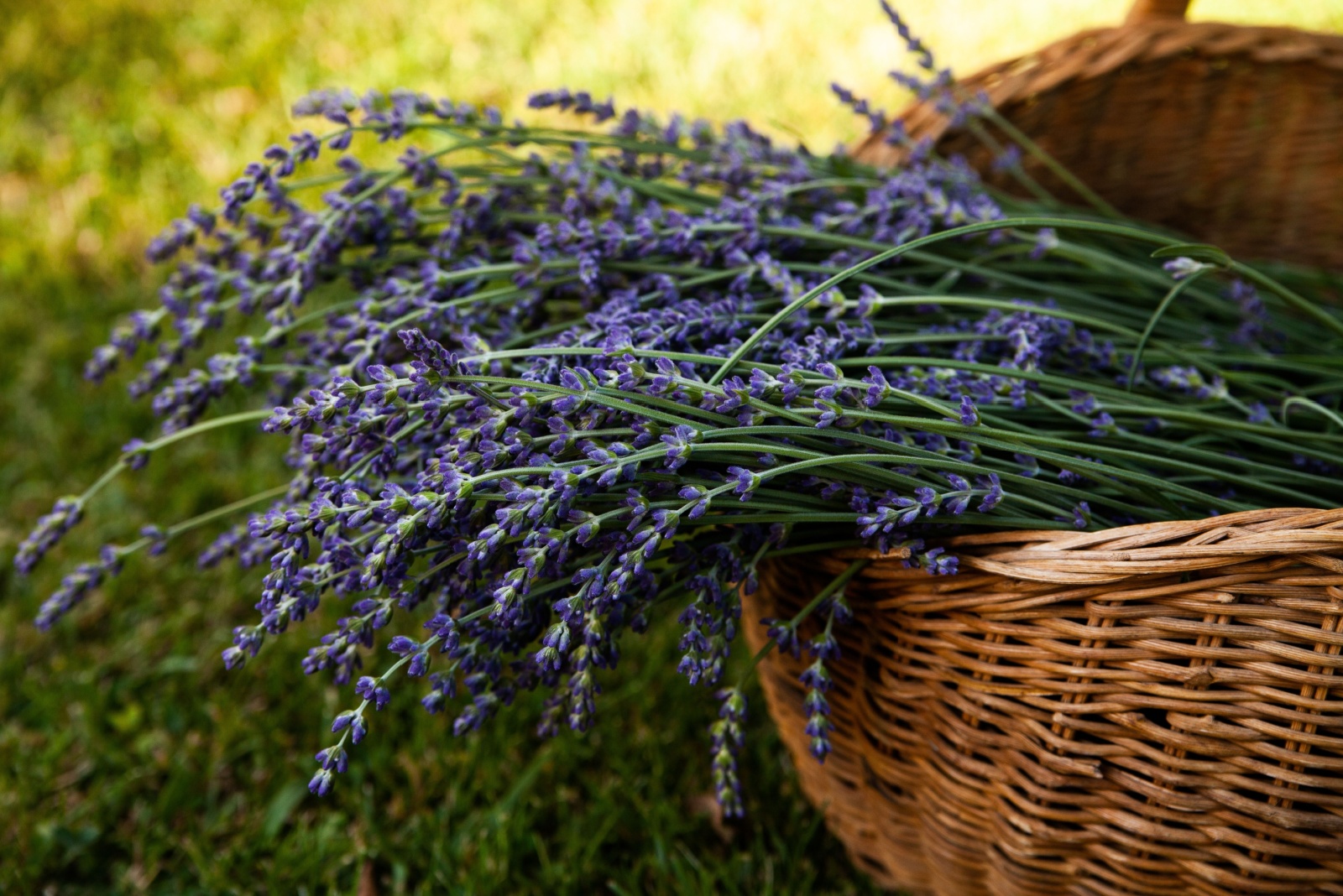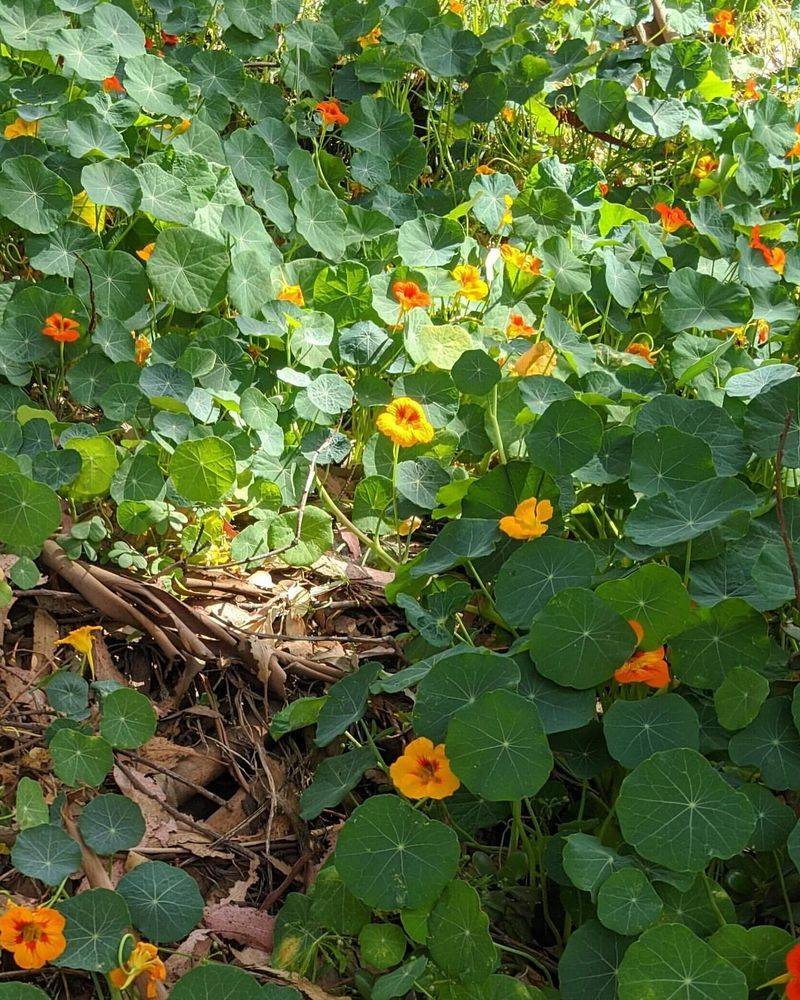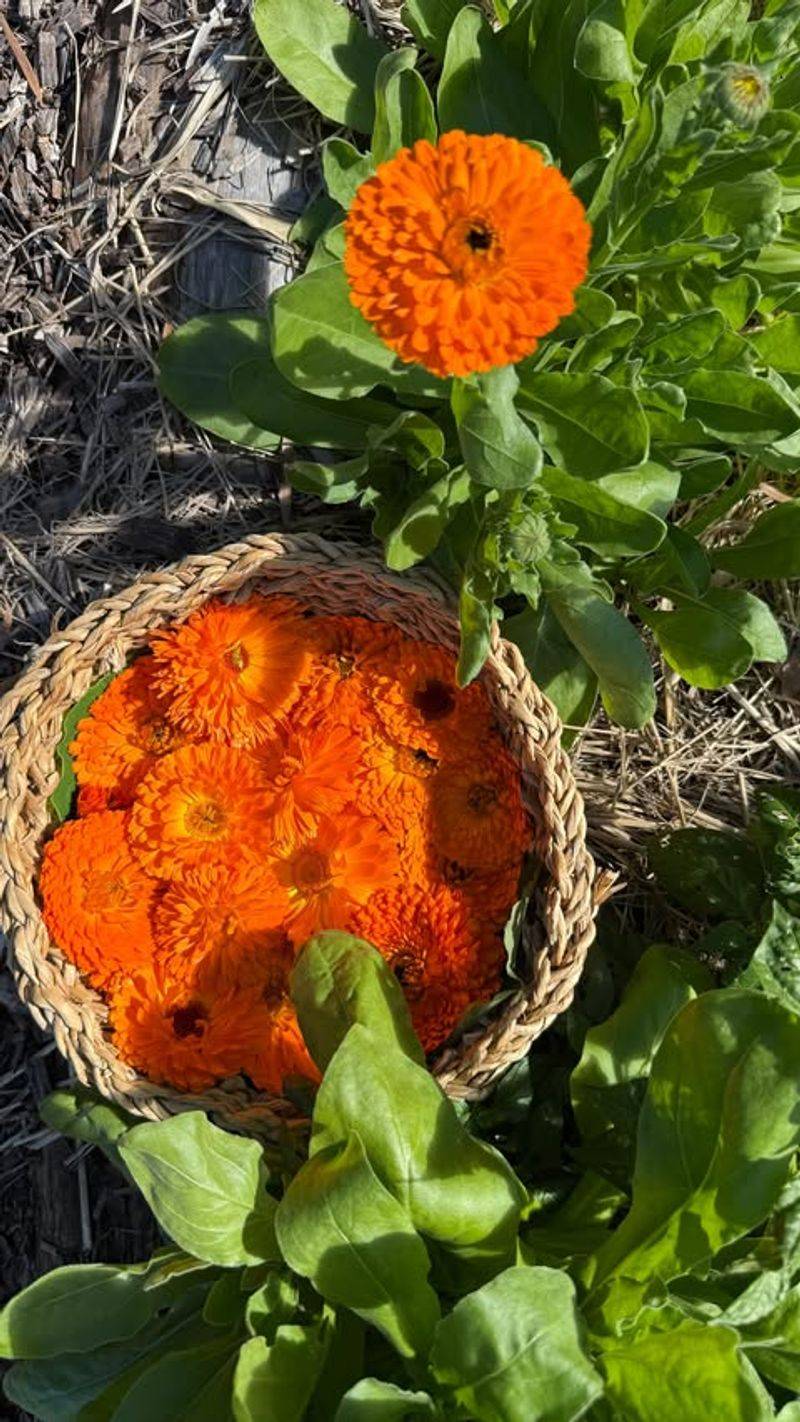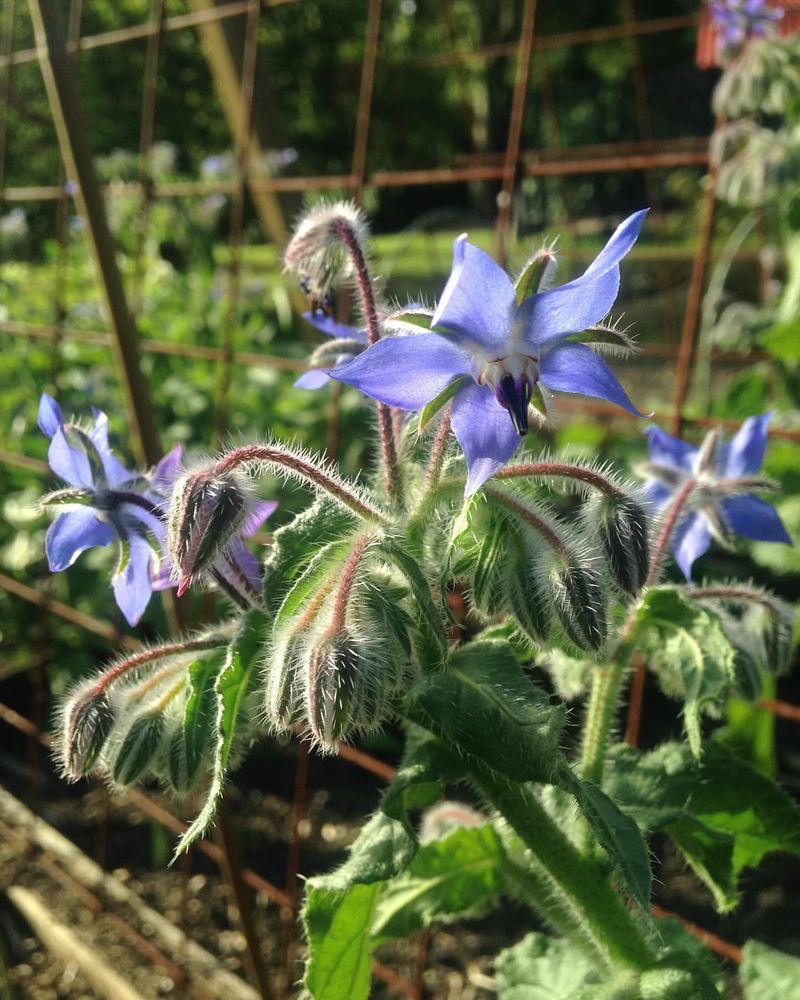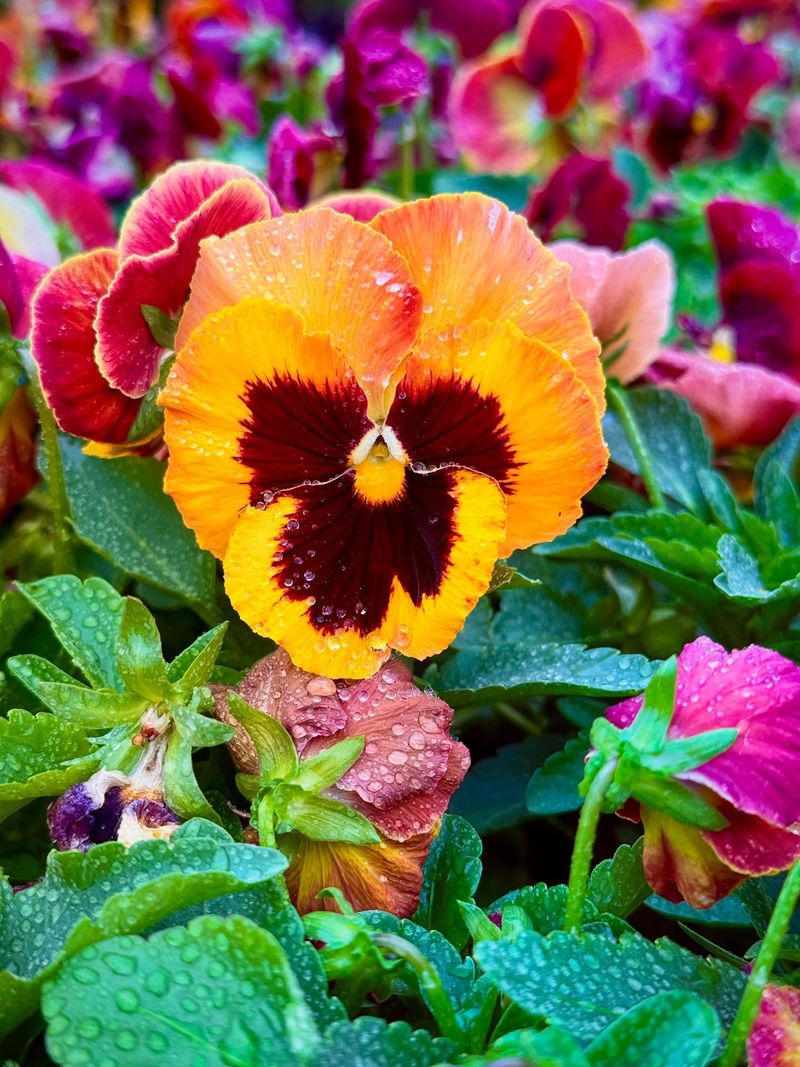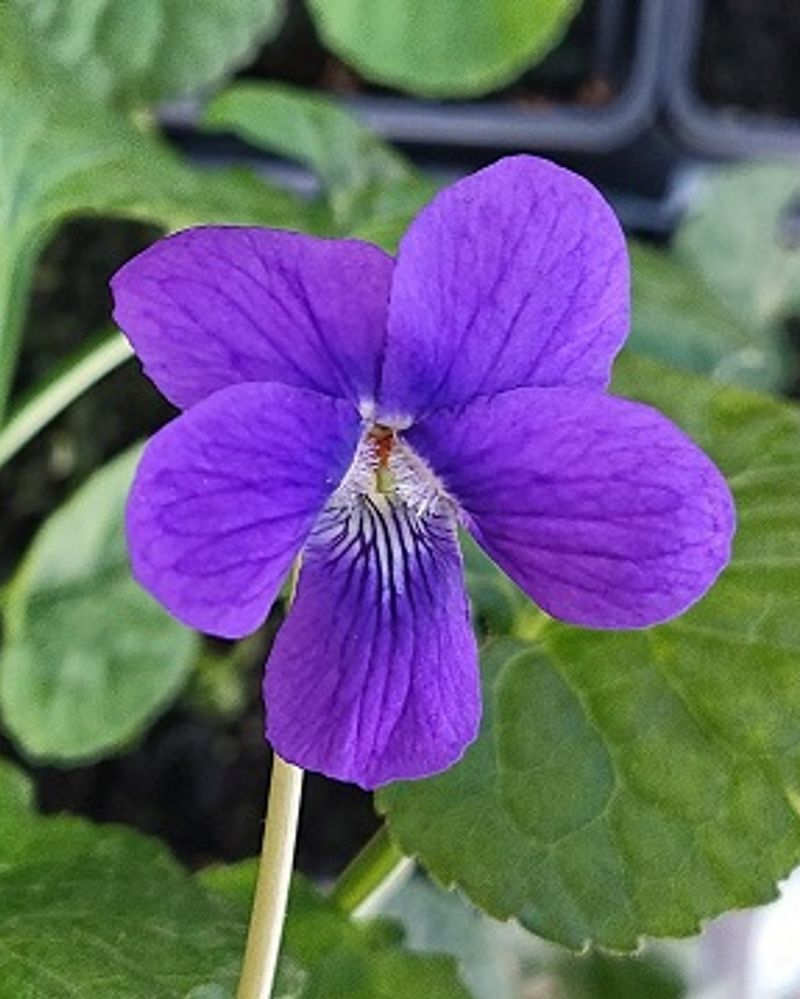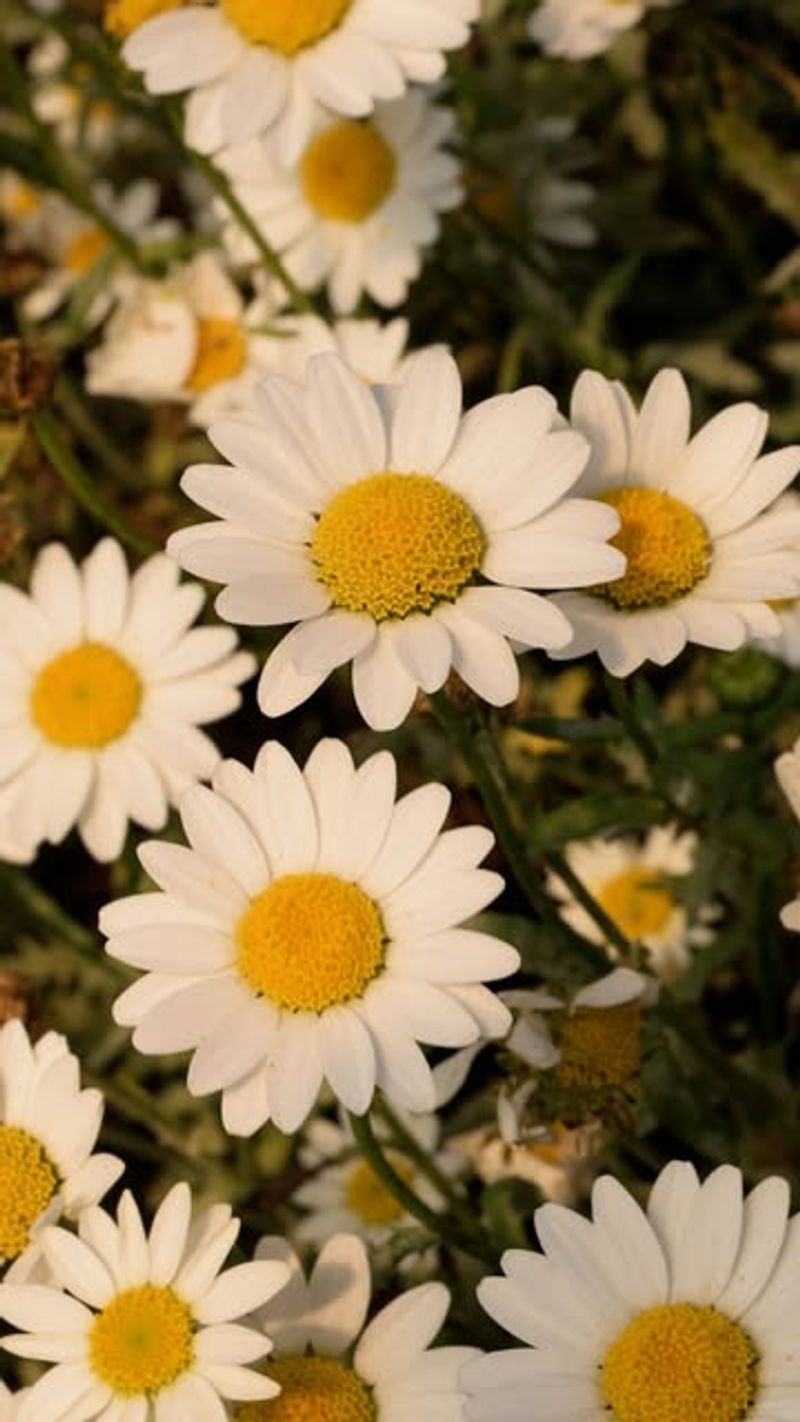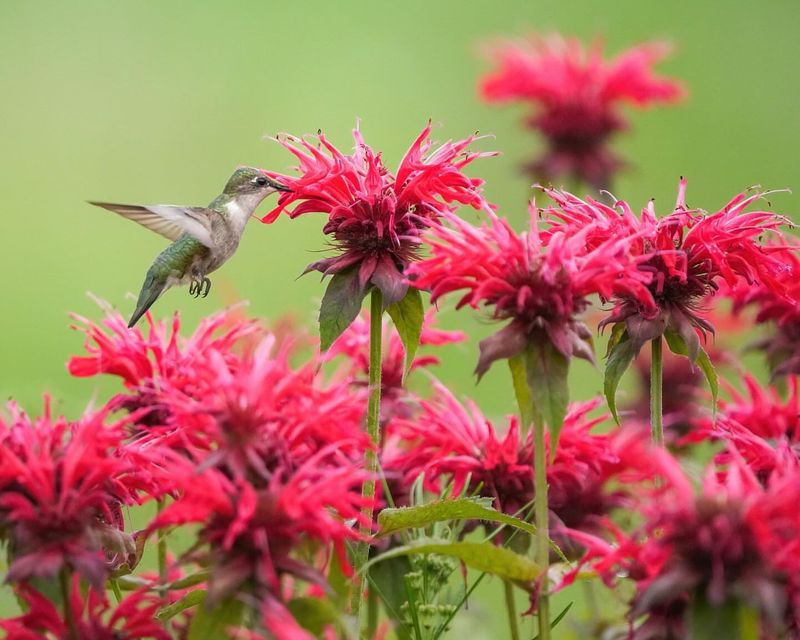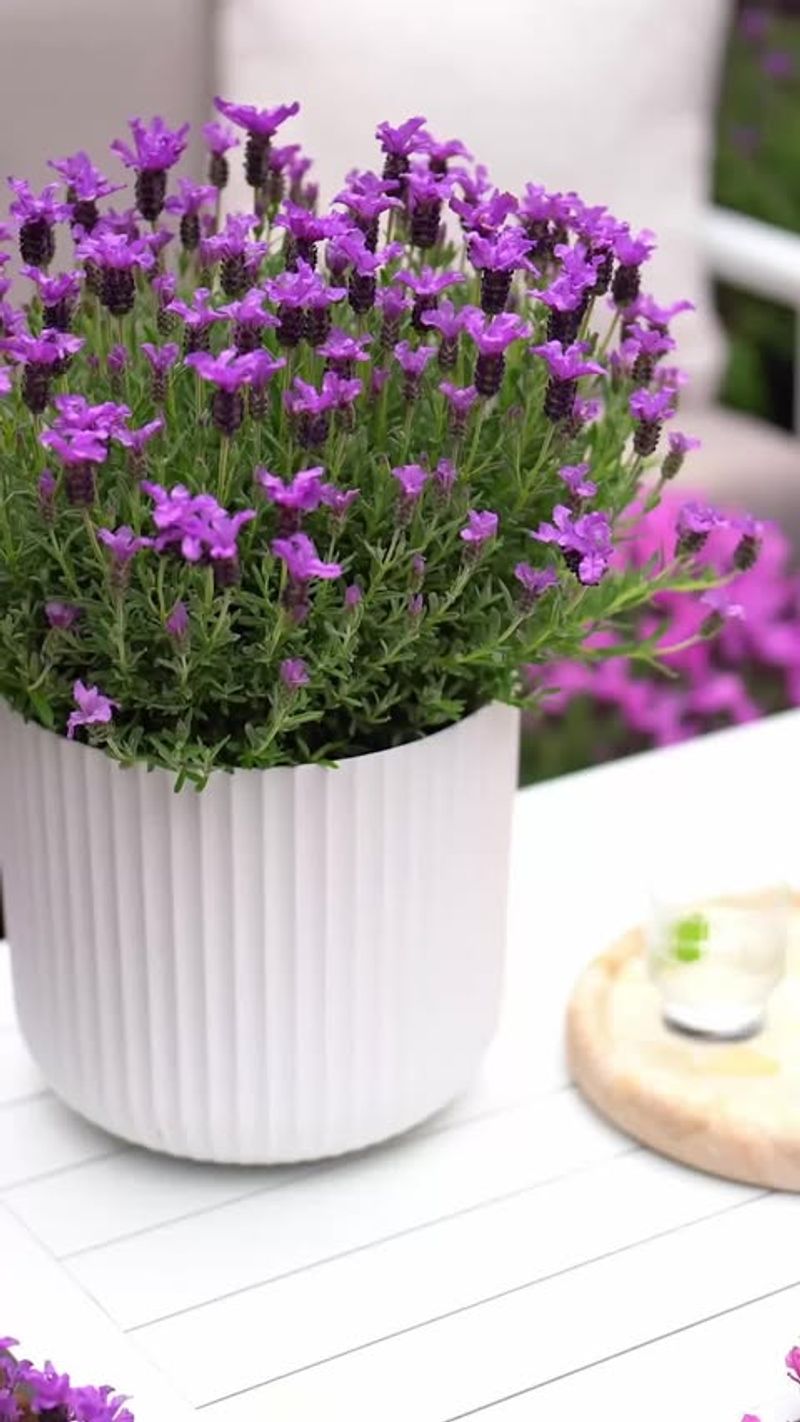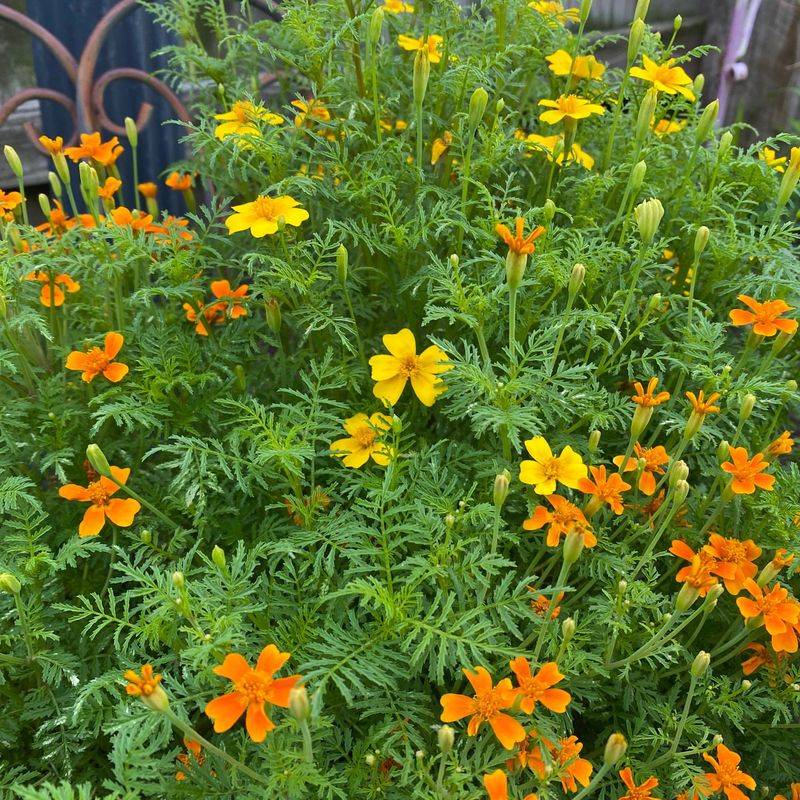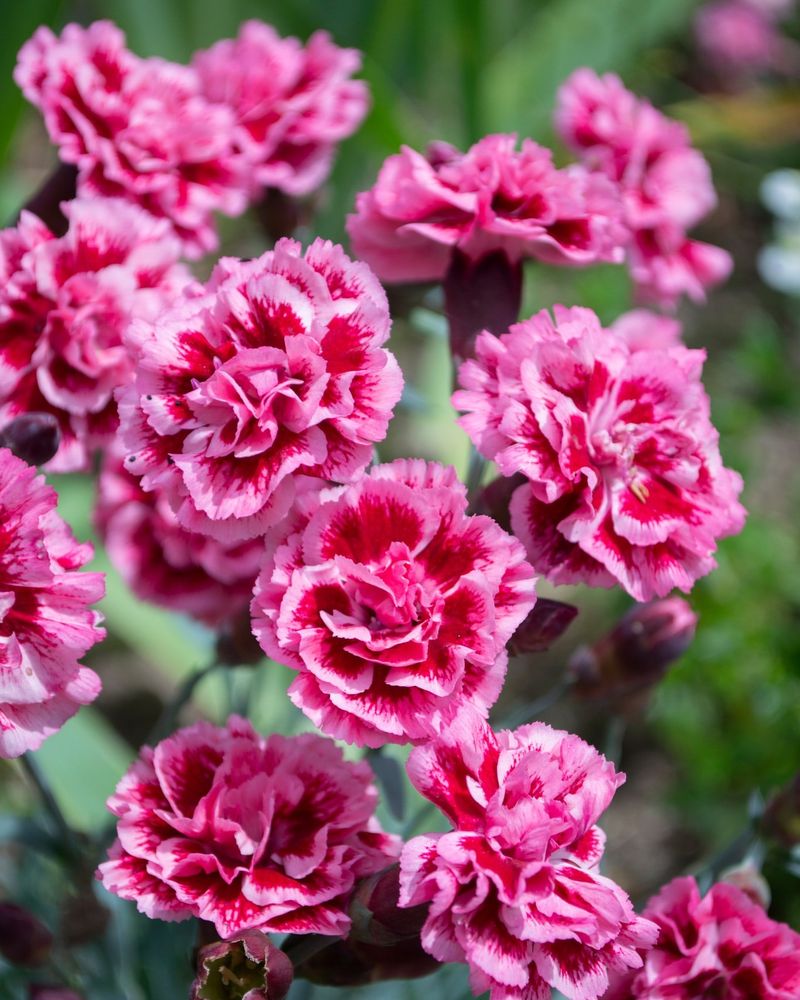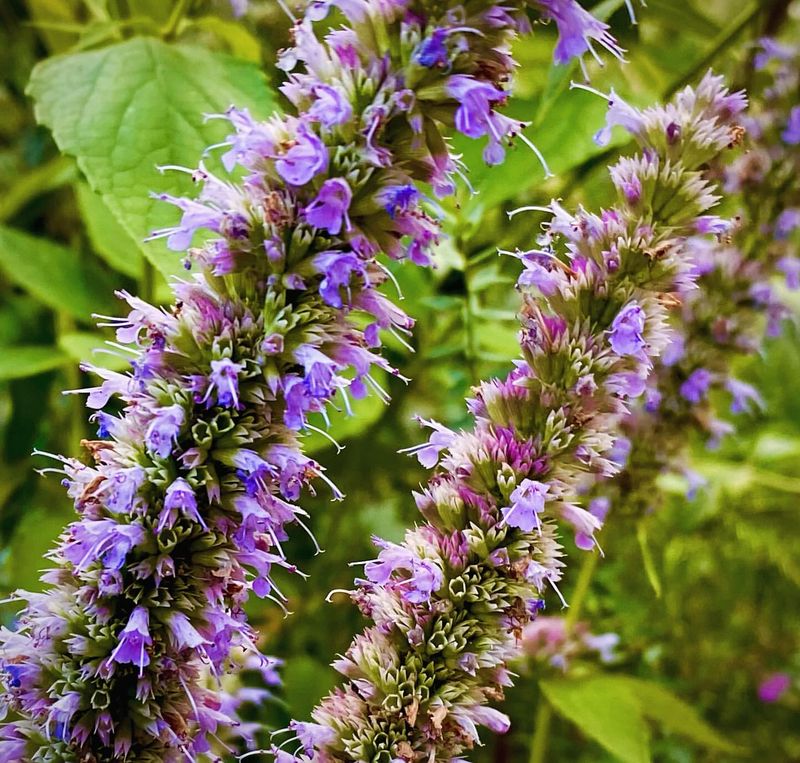Growing edible flowers in containers is a smart solution for Massachusetts gardeners with limited space. The Bay State’s variable climate makes container gardening particularly practical, as pots can be moved to protect delicate blooms from harsh weather.
I’ve discovered that many beautiful flowers not only brighten up patios and balconies but also add exciting flavors and colors to summer meals.
1. Nasturtiums: Spicy Splash Of Color
Nasturtiums have become my go-to container flower in Massachusetts, offering peppery-tasting blooms in vibrant oranges, reds, and yellows. The entire plant is edible, from the round leaves to the colorful flowers.
Their trailing habit makes them perfect for hanging baskets or container edges. I’ve found they thrive in poor soil conditions and don’t need much fertilizer – actually, too much feeding produces fewer blooms!
During Massachusetts summers, these hardy plants provide constant color and spicy garnishes for salads and appetizers right through the first frost.
2. Calendula: Sunshine In Small Spaces
Often called pot marigold, calendula produces cheerful daisy-like blooms with a mild, slightly bitter flavor similar to saffron. Growing these in my Cambridge apartment balcony containers has been surprisingly easy.
The bright orange and yellow flowers thrive in Massachusetts’ spring and fall seasons, often taking a break during the hottest weeks. Their petals add gorgeous color to rice dishes, soups, and baked goods.
Calendula appreciates well-draining soil and tolerates partial shade, making it ideal for containers that don’t get full sun all day long.
3. Borage: Star-Shaped Cucumber Flavor
The striking blue star-shaped flowers of borage have a refreshing cucumber-like taste that surprises most first-time tasters. My borage plants have flourished in medium-sized containers on my Boston deck.
These fuzzy-leaved plants grow quickly in Massachusetts spring weather and produce abundant blooms through summer. Freeze the flowers in ice cubes for an impressive addition to summer drinks!
Borage can reach two feet tall but adapts well to container life with good drainage. The plants self-seed enthusiastically, so you’ll likely enjoy them year after year.
4. Pansies: Cold-Tolerant Face Flowers
Sweet, delicate pansies are among the first edible flowers I plant each Massachusetts spring. Their charming face-like blooms come in countless color combinations and have a mild, slightly sweet flavor.
The cold-tolerant nature of these flowers makes them perfect for our unpredictable New England weather. They’ll happily bloom in containers during cool spring and fall days when many other flowers struggle.
For best results in pots, give pansies rich soil and regular watering. The flowers make beautiful decorations for cakes, can be candied for longer preservation, or simply scattered over salads.
5. Violets: Woodland Charm In Pots
Wild violets grow abundantly in Massachusetts woodlands, but these sweet little flowers also thrive in containers. Their heart-shaped leaves and delicate purple, white, or yellow blooms add woodland charm to any patio.
The flavor ranges from mildly sweet to slightly grassy. Last year, I candied violet flowers to decorate special occasion desserts, and they were a huge hit with my guests.
Place violet containers in partial shade to mimic their natural woodland habitat. They appreciate consistent moisture and will reward you with blooms in spring and sometimes again in fall.
6. Chamomile: Tiny Daisy Delight
Chamomile’s apple-scented daisy-like flowers make a soothing tea straight from your Massachusetts container garden. The feathery foliage creates a soft backdrop for the cheerful white and yellow blooms.
Growing chamomile in pots has been surprisingly successful on my windy Cape Cod deck. The plants reach about 8-12 inches tall and spread to fill containers beautifully.
German chamomile is annual but often self-seeds, while Roman chamomile forms a perennial mat. Both varieties produce the same delicious flowers for tea, though German typically yields more blooms in our Massachusetts growing season.
7. Bee Balm: Hummingbird Haven
Bee balm’s spiky, firework-like flowers in shades of red, pink, and purple aren’t just beautiful – they offer a unique citrusy-minty flavor. Native to North America, this plant feels right at home in Massachusetts containers.
Hummingbirds and bees flock to my potted bee balm all summer long. The flowers add zesty flavor to fruit salads, and the leaves make an excellent herbal tea that rivals store-bought mint varieties.
Choose a deep container as bee balm has spreading roots. Dwarf varieties like ‘Petite Delight’ stay compact at 15 inches tall, making them perfect for container life in smaller Massachusetts gardens.
8. Lavender: Fragrant Container Classic
Lavender’s distinctive perfume and delicate flavor make it a standout addition to any Massachusetts container garden. The gray-green foliage and purple flower spikes provide months of beauty.
English lavender varieties have proven most successful in my containers, surviving our harsh winters when placed against a protected wall. The edible flowers impart a subtle flavor to baked goods, honey, and even homemade ice cream.
Excellent drainage is crucial for lavender in containers. I mix extra perlite into my potting soil and use terracotta pots that breathe well, helping prevent root rot during wet Massachusetts springs.
9. Signet Marigolds: Citrus-Scented Gems
Unlike their larger cousins, signet marigolds (Tagetes tenuifolia) produce dainty single flowers with a surprising citrusy flavor. Their compact growth habit makes them ideal for small Massachusetts container gardens.
The lacy foliage forms neat mounds covered with bright yellow, orange, or red blooms throughout summer. My potted signet marigolds survived last year’s heat wave with minimal extra care.
These flowers add a pop of color and tangy flavor to summer salads. As a bonus, their natural pest-repellent properties help protect neighboring plants in your container collection from common Massachusetts garden pests.
10. Dianthus: Sweet William’s Spicy Charm
The clove-like flavor of dianthus flowers (also called pinks or Sweet William) adds a spicy-sweet note to desserts and beverages. Their ruffled petals in shades of pink, red, and white look stunning in Massachusetts container displays.
Perennial varieties come back year after year in my Salem container garden, while annual types provide more abundant blooms in a single season. The flowers’ natural sweetness pairs beautifully with summer fruits.
Most dianthus prefer full sun but appreciate afternoon shade during intense Massachusetts summer heat. Their compact growth habit makes them perfect companions for other container plants with similar water needs.
11. Anise Hyssop: Licorice-Flavored Beauty
Anise hyssop’s tall purple flower spikes add vertical interest to container arrangements while offering a distinct licorice flavor. The native plant adapts surprisingly well to pot life in Massachusetts gardens.
Bees absolutely cover my container-grown anise hyssop from mid-summer through fall. The lavender-blue flower spikes make stunning additions to mixed bouquets, and both flowers and leaves can flavor teas and desserts.
Choose a deep container as anise hyssop can reach 2-4 feet tall. The plant’s drought tolerance makes it forgiving when Massachusetts summer watering routines become inconsistent during vacation season.

